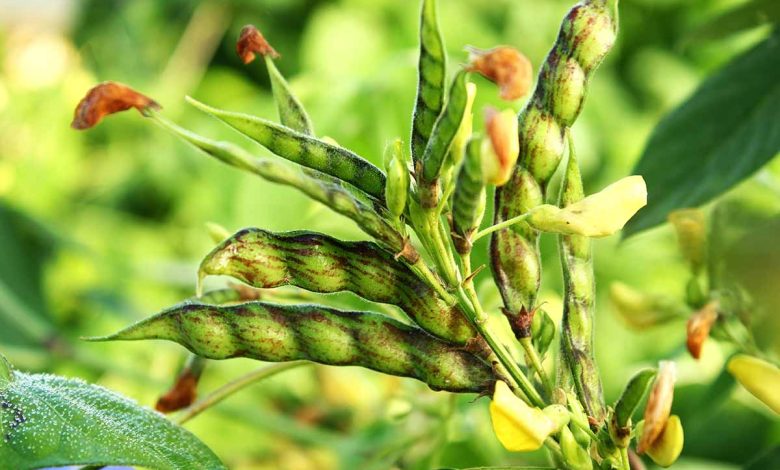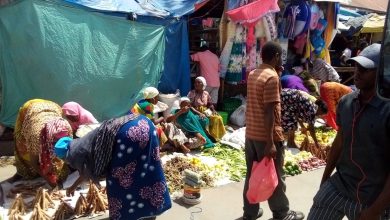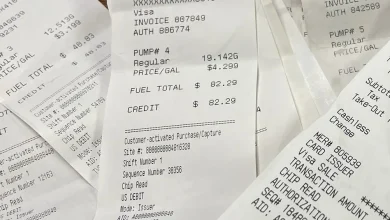Tanzania’s plan to export pigeonpeas to India: A promising step

LAST week, Tanzanian media was abuzz with news of a declaration of intent by the Minister for Agriculture, Mr Hussein Bashe.
The announcement, made last Thursday, came just one day before President Samia Suluhu Hassan attended the climax of the Farmers’ Day celebrations in Dodoma, held at the newly christened John Malecela Grounds in the Nzuguni suburbs—popularly known in Swahili as Nanenane.
Mr Bashe announced the Government’s plan to begin exporting pigeonpeas to India’s Food Reserve Bank, an equivalent of Tanzania’s National Food Reserve Agency (NFRA).
This initiative follows successful preliminary talks with his counterparts in New Delhi, including a recent meeting with India’s Ambassador to Tanzania, Mr Bishwadip Dey.
“This move aims to increase profits for Tanzanian farmers by bypassing brokers, thereby increasing their direct income,” he said.
Other reports suggest this statement came soon after his meeting with the Indian High Commissioner to Tanzania. The Minister’s press briefing revealed that discussions with the diplomat went beyond pigeonpea exports. They also covered the possibility of establishing cashew nut processing plants in Mtwara and increasing access to Tanzanian farmland for Indian investors.
The meeting aimed at addressing multiple challenges along the agricultural value chain from production to marketing. The press further reported that the pigeonpea deal is targeted for the upcoming season, once finalised. Securing a guaranteed market for one of Tanzania’s most valuable pulses is undeniably bold. Yet, the plan raises important questions.
ALSO READ: Iron sheet output exceeds demand, exports loom
For decades—apart from the disastrous export years of 2017 and 2018—Tanzania’s pigeonpeas have enjoyed steady access to the Indian market without any formal trade agreement.
This is unlike competitors such as Mozambique, Myanmar and Malawi, which benefit from official trade protections. Given this track record, investing significant government resources into a product that already sells well could be a questionable allocation of limited funds.
Thanks to this predictable streak, private sector has been gaining strength year after year, by employing a good number of Tanzanians, paying taxes and learning how to deal with unpredictable international markets like India, all while tolerating weather instabilities, global logistical challenges and other global supply chains.
On the other hand, the government has been collecting foreign currencies vital for strengthening local currency while all the above has been happening. Meanwhile, other highpotential sectors, such as horticulture, remain underdeveloped. Tanzania’s fruit and vegetable exports are operating at only 5–55 per cent of their potential.
Barriers include weak transport networks, a shortage of cold storage facilities and logistical bottlenecks. Addressing these would require major investment—but could yield far greater diversification and resilience for Tanzania’s export portfolio.
Under normal circumstances, the government is expected to intervene in markets only when market forces fail to function efficiently.
A good example is when the same Ministry, a few years ago, decided to build grain storage facilities in the Democratic Republic of Congo and South Sudan, which served as depots for maize and other grains to boost exports to these war-torn countries— markets considered high-risk for Tanzanian suppliers.
For the Indian population, pigeonpeas are what maize is to Tanzanians—a staple food preferred by the majority and deeply tied to politics. India imports around 1.5 million tonnes of pigeonpeas annually and produces about 4.34 million tonnes domestically.
Under these circumstances, unless the Tanzania embarks on an exceptional charm offensive, it is unlikely that India’s Food Reserve Bank would prioritise Tanzanian farmers over Indian farmers by purchasing large quantities of their most cherished pulse. Doing so could raise domestic prices in India and leave its own farmers—often vocal and politically influential—feeling abandoned.
If successful, this initiative could shorten the supply chain, cut costs and boost incomes for Tanzanian farmers. But its success will hinge on combining private-sector efficiency with public-sector commitment and on ensuring that bold moves are matched by equally bold strategies for Tanzania’s other underperforming export crops.





